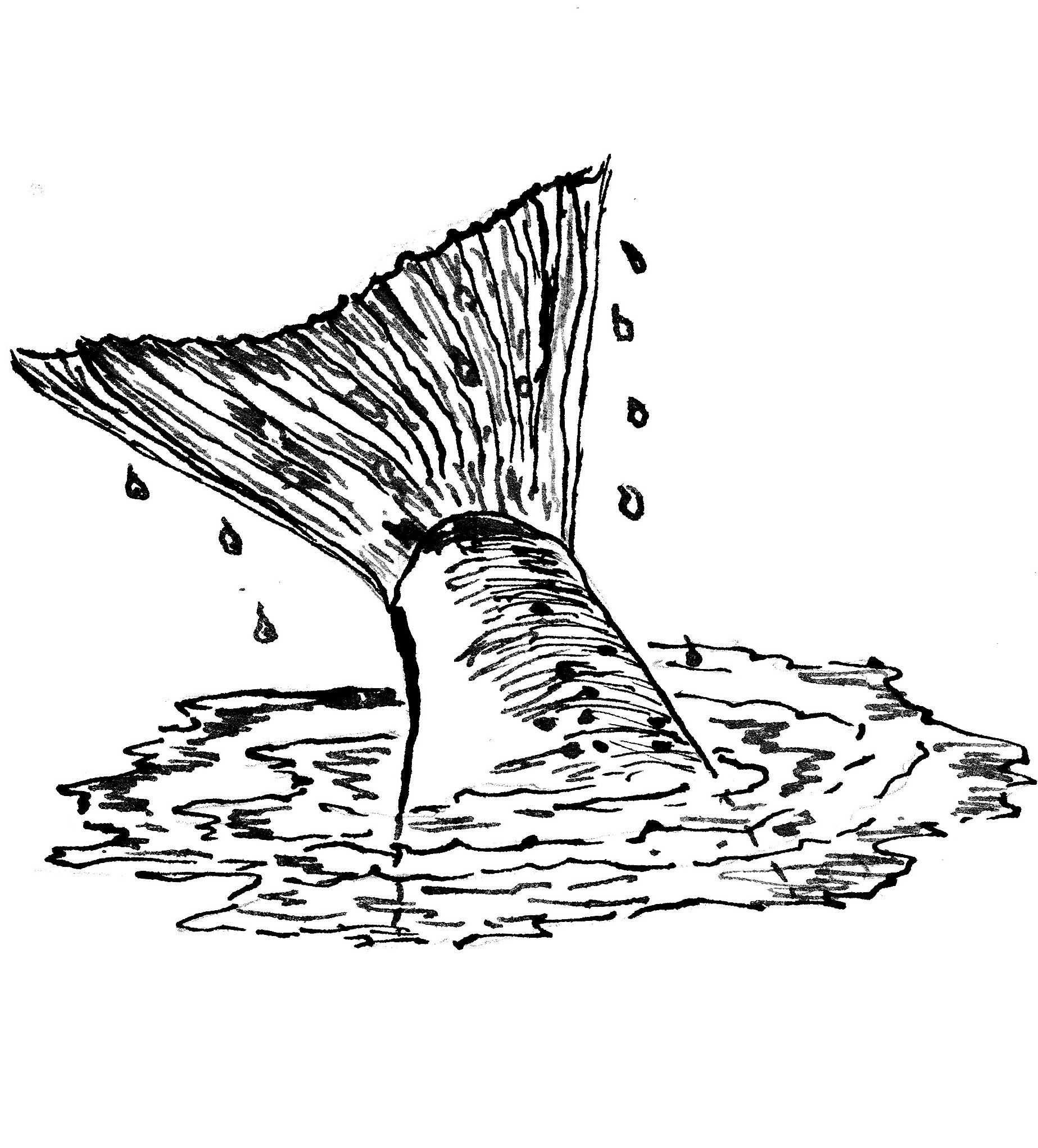Creasy's Column for Reel Life December 2017
- 20/12/2017
By Hugh Creasy
At nightfall the buzz begins. Hunger and the need to find mates drives the noisy horde. They come to the surface of the soil, wing cases open and they take flight. Brown beetles, the adult form of grass grub, are on their mating flights. The pasture near the river is riven with chewed out patches along a narrow strip where poisons dropped to control their numbers have not reached. There is a new moon, a thin crescent of light throwing a reflection on the water, and it is this reflected light that draws the beetles to the river. They come in their thousands and the river boils with rising fish. It is a feast for the fish, many of them regaining condition after a hard winter over the redds. Near dawn the beetles fly to a nearby orchard where they chew on leaf and developing fruit and absorb poisons recently sprayed to protect the fruit. The damage they do is minimal before they fall to the ground, dead.
In the river, trout are bloated, bellies bulging from a few hours feasting. An early morning hatch of caddis fails to tempt them, and an angler’s fly, cast to tempt a rise, is ignored. By late morning the trout are hungry once more. In stark contrast to the night’s feasting, a flight of ants chasing a queen draws fish to the surface, each tiny morsel barely enough to compensate for the energy required to capture it. The angler casts a Black Gnat dry, and though its body size is twice that of an ant, the fly is taken with a hungry lunge.
During the afternoon there are midge hatches in the shallows and in the biggest pools, and in backwaters. In a rapid where patches of still water formed behind the largest boulders, bloodworms twist in the mud. These haemoglobin-filled larvae of midges are an energy boost to trout – a protein jolt in a small package.
In spring and early summer Dobson-fly larvae are maturing, and these voracious giants of the insect world are eagerly taken in the evening. Where clean water flows, mayflies survive, perhaps remnant populations surviving near springs bubbling through gravels on the river bed. On some of the most fouled rivers there are still hatches of mayflies – much reduced but surviving. Where water runs clean and clear, the hatches are huge, with flotillas of tiny insects riding the river and taking off on their mating flights.
Here the trout are selective and the angler has to match the hatch. Flies as small as #18 are cast to rising fish, and when the mayflies have mated and their bodies litter the water, a parachute-hackled fly imitates the drifting spinners. The evening hours drift by and the angler is lost in a quest to imitate nature. In the deep south, where daylight lasts till near midnight, it is fatigue that drives him from the river. But he will return again and again, never sated by fish caught. Fish on the bank mean little, the hunt becomes the motive, and the adrenalin rush of success.
Night falls, and the heat of the day gives way to cooler air. In the paddocks beside the river, there is movement. Porina grubs have transitioned into moths and they join the brown beetles in flight.  The moon rises and its reflection draws the insects to the water. Some are faulty fliers and they fall to water, others hit the water while seeking light. The huge moths make tempting targets, and trout leap from the water to take them in mid-air.
The moon rises and its reflection draws the insects to the water. Some are faulty fliers and they fall to water, others hit the water while seeking light. The huge moths make tempting targets, and trout leap from the water to take them in mid-air.
Under the surface of the riffles and runs, caddis are stirring. Hard cased, net-building and free-swimming, they come in all varieties, and the river becomes a veritable soup of moving insect life. In the air a morepork glides in silent flight, its crop stuffed with moths.
When daylight comes an angler approaches the river. Ignorant of the night-time activities on the river he casts a hopeful nymph to shadowy shapes lying on the bottom of a promising run. His nymph is ignored. He casts again and again, to no avail.
A change of fly may work. A weighty nymph, with glittery bits and a gold bead-head should tempt any self-respecting fish into a strike. It doesn’t but the fish quivers with suspicion. Another cast and the fish will be put down. The angler moves on. He casts to more fish, with no result. As the sun moves higher the fish move to cover, and the angler gives up in disgust and puzzlement at his lack of success. It’s a blank day.
Over a few drinks with his mates that afternoon, the angler bemoans his lack of success. Many theories are put forward as to why the fish would not take a fly. Phases of the moon were possible reasons, barometric pressure another. Lack of skill was teased out and proffered to much protestation.
A Woolly Bugger on a sinking line would have provoked a strike, said one. And he was probably closer to the truth than any of them.
But the simple reason was that the fish had had a gutsful. 